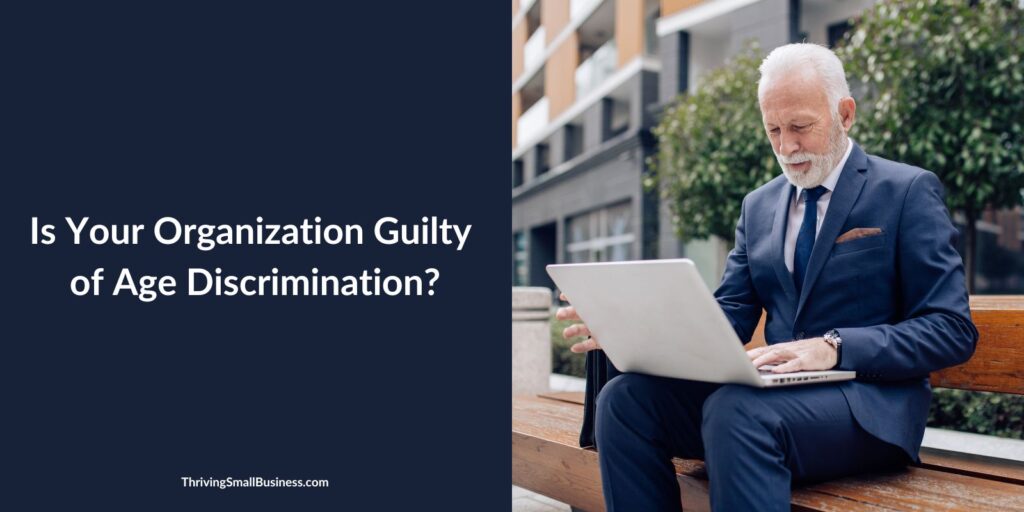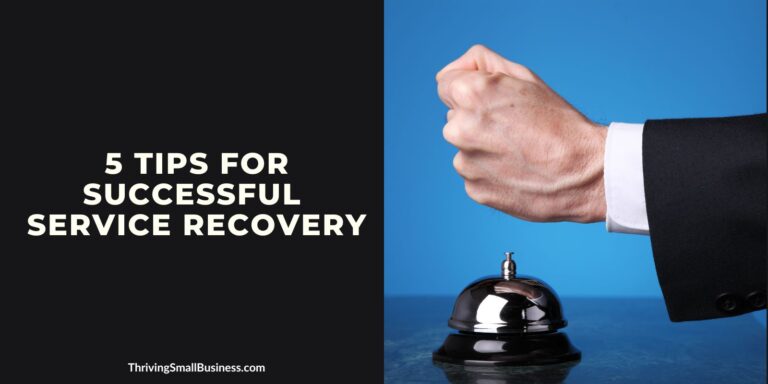Is Your Organization Guilty of Age Discrimination?
Estimated reading time: 4 minutes
With the boomers coming of age, there is a shift in the workplace.
Many boomers are working longer to pad their retirement savings – assuming they can remain in the workforce.
Unfortunately, many boomers who make late-career job changes encounter the barrier of age discrimination.
The Social Security Act was signed into law in 1935.
With that came an age by which participants could draw social security and a common assumption that people would work until the newly defined retirement age of 65.
This determination of retirement age began an unspoken bias against older workers.
Specifically, an assumption that if they are old enough to draw social security, they are ready to be put out to pasture and no longer add value.
This bias began to play out in the workforce, prompting Congress to pass the Age Discrimination in Employment Act (ADEA) in 1967. A law that prohibits discrimination based on age.
The ADEA was passed because older workers were being denied equal employment opportunities because of these unspoken age biases.
One would assume that there would be total compliance with a law on the books for more than half a century, right? Wrong!

A recent article in SHRM describes an ongoing issue with age discrimination – just when we thought the issue was resolved.
“Nearly One-Third (32 percent) of HR Professionals Say Applicant’s Age Played a Role in Decisions Their Organization Made During the Job Application Process”
Older workers bring many benefits to a work environment: strong work ethic, loyalty, decades of experience, mentoring skills, flexibility, contentment, and the list goes on.
So, if this is true, why is there an ongoing issue with age discrimination?
The answer is simple – Ageism – which is stereotyping of and discrimination against individuals or groups based on their age.
So, is your organization guilty of this unspoken bias?
I’m sure your first response would be no. However, you might want to reflect and ask yourself and your leadership team these questions.
1. Do we recruit and hire from all age groups – fairly?
2. Does our compensation package consider an aging population? Or do we want to get the “expensive” employees out?
3. Do we provide opportunities for training and development for all age groups? Or only to the young up-and-comers?
For instance, I have a friend who lost his job late in his career because he claimed the company “trained around him” by no longer training him on new technology and then dismissed him because he was no longer qualified for the job.
4. Do we embrace a flexible work environment?
For instance, do you provide flexibility for a middle-aged worker to care for their own medical needs or perhaps care for an aging parent?
5. How do we determine who to let go when we are downsizing?
Is it determined by how long the employee has been there, what they are paid, or in anticipation that they “will be retiring soon anyway…”
6. Do we honor seasoned employees as an organization and culture? You can see this clearly at the lunch table, social outings, or how meetings are organized.
7. Do we talk about retirement and provide options for a gradual retirement, such as a transition from full-time to part-time?
8. Where do we look for talent? Do we consider employment sites that cater to an older workforce?
9. Do we assume that older workers can’t grasp changing technology?
10. How well do we train our HR team, managers, and leaders and work to eliminate age assumption practices?
Such as asking for birth dates on applications, assuming younger people require less salary, or that older people will leave the workforce sooner, including age discrimination in diversity training to eliminate age stereotyping.
Why Care About This?
It’s simple: no organization wants to be labeled as biased, particularly regarding age discrimination.
Age-diverse teams and workforces can improve employee engagement, performance, and productivity. And, experienced workers have talent that our economy cannot afford to waste.
Take the time to assess your organization. What is your culture, and how do your internal practice policies promote fairness or incorporate unspoken biases?
Seasoned workers provide a wealth of wisdom that comes with decades in the workforce.
A person should be hired based on their experience, qualifications, and the added value they bring to the organization – not because it is the law – but because it is the right thing to do.
Does your organization have a silent culture of ageism?






